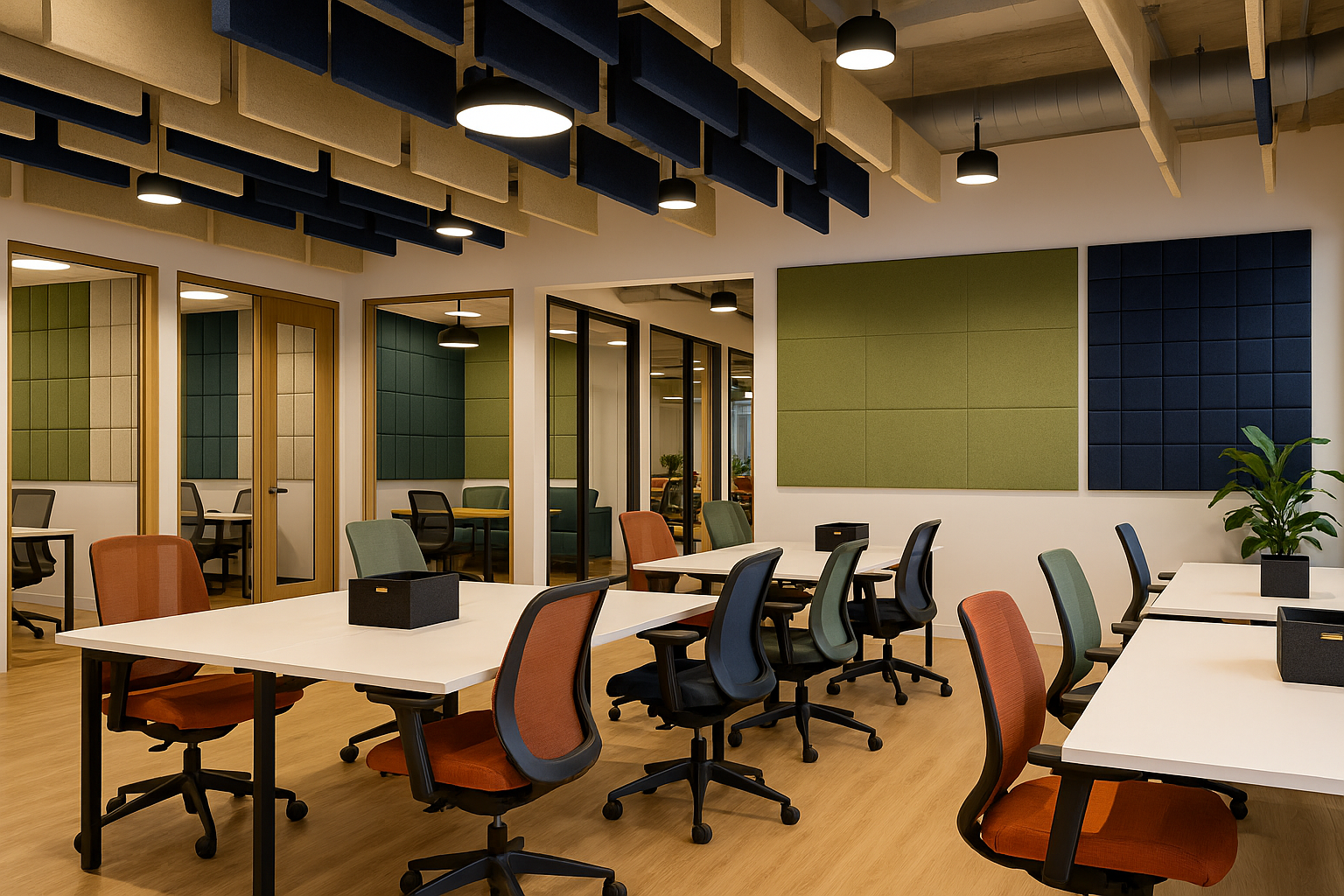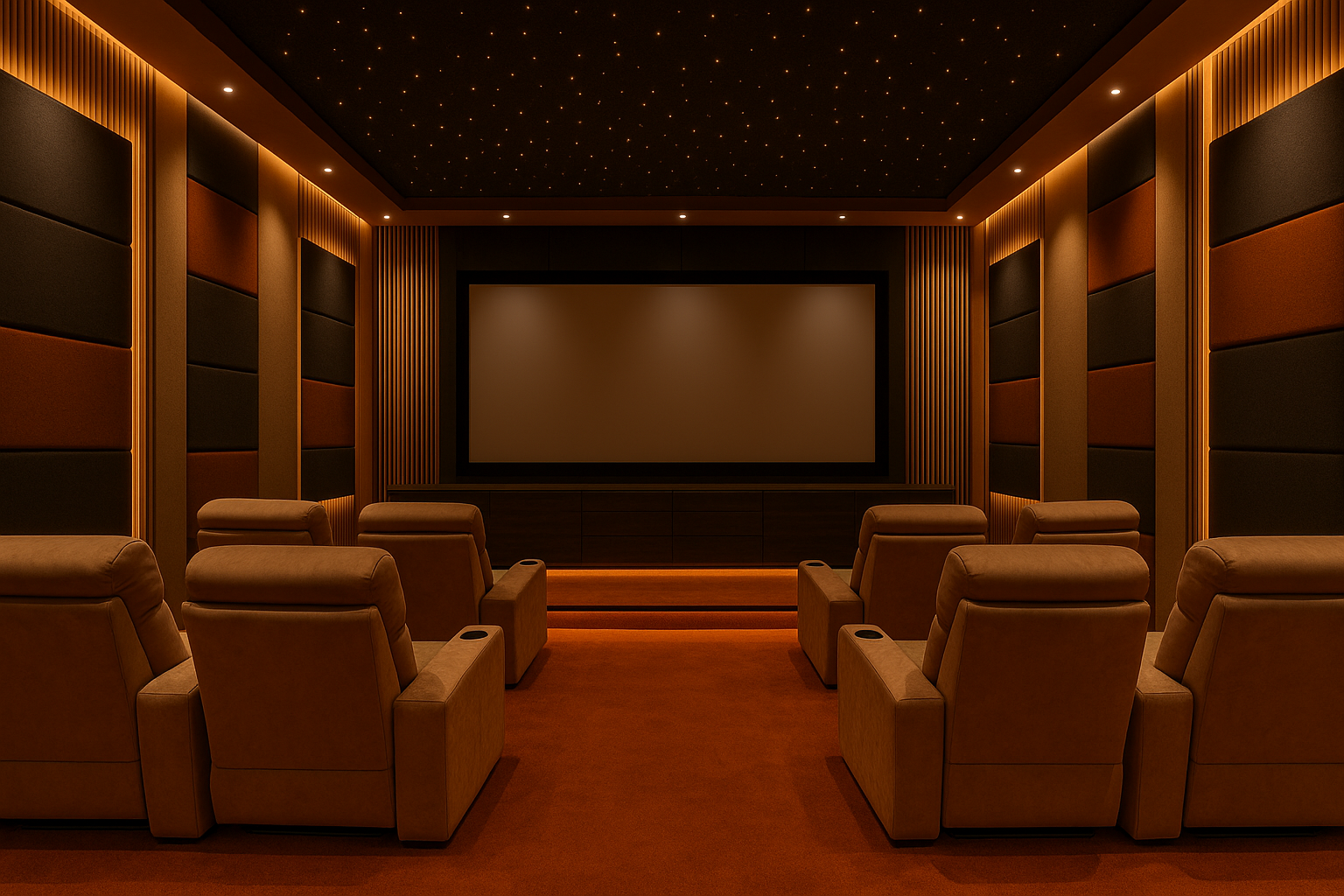TITLE : ACOUSTIC TREATMENT FOR HALL
Halls, whether in residential, commercial, or public settings, often serve as bustling hubs of activity. From events and performances to gatherings and conferences, these spaces can be vibrant and dynamic. However, with activity comes noise, and maintaining a serene ambiance in such environments can be a challenge. This is where acoustic treatment for hall soundproofing comes into play. In this comprehensive guide, we'll explore the importance of acoustic treatment for halls, the key components involved, and effective strategies for achieving optimal soundproofing.
Understanding Acoustic Treatment for Halls
Acoustic treatment involves the implementation of sound-absorbing and soundproofing techniques to control noise levels and improve the overall acoustics of a space. In the context of halls, acoustic treatment is essential for creating a comfortable and enjoyable environment for occupants while minimizing disruptions from external noise sources.
Key Components of Acoustic Treatment for Halls
-
Sound Absorption: Sound-absorbing materials, such as acoustic panels, baffles, and curtains, are strategically placed throughout the hall to absorb excess noise and reduce reverberation. These materials help create a more balanced acoustic environment, enhancing speech clarity and music quality.
-
Soundproofing: Soundproofing measures, such as insulation, double-glazed windows, and resilient channels, are implemented to block external noise from entering the hall and to prevent sound leakage to neighboring areas. By creating barriers to noise transmission, soundproofing enhances privacy and minimizes disturbances.
-
Room Acoustics Optimization: Acoustic treatment also involves optimizing the room's acoustics to achieve the desired sound quality for different activities. This may include adjusting the hall's dimensions, installing diffusers to scatter sound waves, and fine-tuning the placement of sound-absorbing materials to minimize acoustic anomalies.
Recommended Acoustic Products for Hall Soundproofing
-
Acoustic Panels: Fabric-wrapped acoustic panels are versatile solutions for controlling sound reflections and reducing reverberation in halls. These panels come in various sizes, shapes, and colors, allowing for customizable treatments that blend seamlessly with the hall's aesthetic.
-
Bass Traps: Bass traps are specialized acoustic panels designed to absorb low-frequency sound waves, addressing issues with excessive bass buildup in halls. Placing bass traps in corners and along walls can help achieve a more balanced and natural sound.
-
Ceiling Clouds: Suspended ceiling clouds or baffles are effective for controlling sound reflections from the ceiling and improving speech intelligibility in halls. These acoustic treatments can be strategically positioned to target specific areas of the hall where sound control is needed most.
-
Acoustic Partitions: For multi-purpose halls or venues, acoustic partitions offer flexibility in controlling sound transmission between different sections or rooms. These movable partitions can be deployed as needed to create acoustic separation or enhance privacy during events.
-
Flooring Underlayments: Underlayments designed for soundproofing can help reduce impact noise and vibration transmission through the hall's flooring, especially in venues with multiple levels or stages.
Effective Strategies for Hall Soundproofing
-
Identify Noise Sources: Conduct a thorough assessment of the hall's environment to identify primary noise sources, including external traffic, HVAC systems, and adjacent rooms. Understanding the source of noise is essential for developing targeted soundproofing solutions.
-
Select Appropriate Materials: Choose sound-absorbing and soundproofing materials that are suitable for the hall's specific acoustic requirements. Consider factors such as material density, thickness, and absorption coefficient to ensure optimal performance.
-
Plan Layout and Installation: Develop a strategic layout plan for installing acoustic panels, baffles, and other soundproofing elements in the hall. Pay attention to areas with high noise levels or acoustic anomalies, such as corners and ceiling junctions, and prioritize treatment accordingly.
-
Seek Professional Expertise: Consult with acoustic engineers or soundproofing specialists to assess the hall's acoustic needs and develop tailored solutions. Professional expertise can ensure that acoustic treatment measures are effectively implemented and meet industry standards.
SHORT SUM UP
Acoustic treatment for hall soundproofing is essential for creating a conducive environment that promotes comfort, productivity, and enjoyment. By incorporating sound-absorbing and soundproofing techniques, halls can achieve optimal acoustics while minimizing disruptions from external noise sources. Whether it's enhancing speech clarity in conference halls, improving music quality in performance venues, or creating peaceful gathering spaces, acoustic treatment plays a pivotal role in shaping the sonic landscape of halls for the better.




